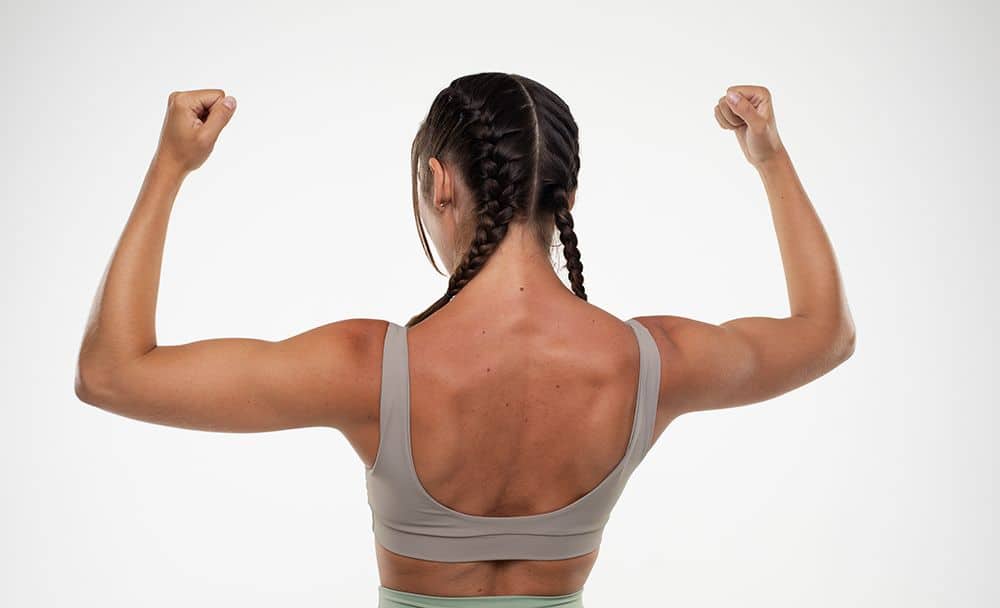
Sirsasana or the Headstand is one of the better-known yoga asanas that dates back thousands of years. The name Sirsasana is derived from the Sanskrit words “sirsa” or head and “asana” meaning posture or seat. The headstand is described as both an asana and a mudra in hatha yoga. It is often referred to as the king of all asanas. In this blog post, we will explore the benefits of Sirsasana, including its Ayurvedic significance, and provide a step-by-step guide on how to safely perform this yoga asana.
Benefits of Sirsasana
Sirsasana comes with a host of advantages that contribute to overall well-being. Some of the key benefits include:
Calming Effect on the Nervous System
Inverting the body has a calming impact on the nervous system, reducing stress and anxiety levels. [1]
Enhanced Focus and Concentration

Headstands demand full concentration and balance, which helps improve mental focus and clarity. [2]
Strengthened Upper Body

Performing a headstand requires significant strength in the arms, shoulders, and core. Regular practice can tone and strengthen these muscle groups. [2]
Aiding the Lymphatic System
The headstand stimulates the mesh of nodes and fluids that forms the lymphatic system, which in turn helps in the elimination of toxins from the blood. [2][3]
Improved Digestion
Sirsasana can stimulate the digestive organs, potentially improving digestion and alleviating issues like bloating and constipation. [2]
Ayurvedic Significance of Sirsasana
Ayurveda views the human body as an interconnected system of energies or doshas. Sirsasana has a unique role in Ayurveda and is associated with various doshas and energy channels:
Vata Dosha
Vata represents the elements of air and space. Performing Sirsasana can help balance Vata, as it improves focus and alertness. [4]
Kapha Dosha
Kapha embodies the elements of earth and water. As Sirsasana is an invigorating pose, it can counterbalance Kapha’s sluggishness and promote a sense of lightness. [4]
It is advised for individuals with Pitta Dosha to avoid performing this asana due to their hot headed nature.
How to Do Sirsasana Step by Step
Before attempting Sirsasana, it’s essential to warm up adequately and ensure you have no neck or shoulder injuries. A yoga mat or a soft surface is recommended for cushioning and stability.
- Prepare Your Space
Find a clear, open area and place your yoga mat on the ground. Ensure there are no obstructions nearby.
- Come to All Fours
Start in a tabletop position with your hands and knees on the mat. Align your wrists directly under your shoulders and your knees under your hips.
- Interlock Your Fingers
From the tabletop position, bring your forearms to the mat, keeping your elbows shoulder-width apart. Interlock your fingers, forming a cup shape with your hands.
- Position Your Head
Place the crown of your head on the mat, cradled by your interlocked hands. The back of your head should rest against the base of your thumbs.
- Lift Your Hips
Engage your core and slowly lift your hips, walking your feet closer to your elbows. Your body should form an inverted “V” shape.
- Straighten Your Legs
Carefully lift one foot off the ground, extending the leg upward. Then, lift the other foot off the ground, straightening both legs fully.
- Find Balance
Maintain your focus and balance, engaging your core and leg muscles to keep your body stable.
- Hold the Pose
Stay in the headstand for a few breaths or as long as comfortable. Beginners can start with shorter durations and gradually increase as they build strength and confidence.
- Come Down Safely
To come out of the headstand, bend your knees and lower one foot to the ground at a time. Slowly return to the tabletop position.
Precautions and Tips
- Avoid practising Sirsasana if you have high blood pressure, neck or shoulder injuries, migraines, or during menstruation.
- Perform the headstand against a wall initially for support and safety.
- Never force yourself into the pose; listen to your body and progress at your own pace.
- Always practise under the guidance of an experienced yoga instructor, especially if you are a beginner.
FAQs
1. Is Sirsasana suitable for beginners?
Sirsasana is considered an advanced yoga pose and may not be suitable for absolute beginners. It requires a strong foundation in basic yoga poses and a certain level of upper body and core strength. If you are new to yoga, it is best to start with foundational poses and gradually work your way up to more advanced postures like Sirsasana under the guidance of a qualified yoga instructor.
2. Can I practise Sirsasana if I have a neck or back injury?
It is not recommended to practise Sirsasana if you have any neck or back injuries. The pose puts significant pressure on the neck and spine, and attempting it with an injury can worsen the condition. Always consult a healthcare professional before attempting any yoga pose if you have pre-existing injuries.
3. How long should I hold the Headstand?
For beginners, it is advisable to start with shorter durations, such as 10-20 seconds, and gradually increase the time as you become more comfortable and confident. Experienced practitioners can hold the pose for a minute or longer. However, it is essential to listen to your body and come out of the pose if you feel any discomfort or strain.
4. Can I use a wall for support while practising Sirsasana?
Yes, using a wall for support is a common practice, especially for beginners. Practising Sirsasana with the support of a wall can help you build strength, improve alignment, and develop confidence in the pose. Place your head and forearms near the wall and gradually walk your feet up the wall as you lift into the Headstand.
5. Are there any alternatives to Sirsasana for similar benefits?
Yes, there are alternative yoga poses that offer similar benefits to Sirsasana without the intensity of an inversion. Poses like Dolphin Pose, Downward Facing Dog, and Wide-Legged Forward Fold can help improve upper body strength, balance, and circulation. Consult with a yoga instructor to find suitable alternatives based on your individual needs and abilities.
Conclusion
Sirsasana offers numerous benefits for both the body and mind and by incorporating it into your yoga routine with caution and mindfulness, you can experience the physical and mental rewards that this inversion has to offer. However it is necessary to perform the asana slowly and with caution to avoid any unwanted injuries.
Disclaimer: This Article is for informative purposes only and does not constitute medical advice. Kindly contact a medical professional before attempting any treatments mentioned in the article yourself.
References:
- Yoga as an antidote to stressful life of the present era (theyogicjournal.com)
- Physio-anatomical exploration of shirshasana and its benefits in the body(ijsdr.org)
- Managing Lymphedema, Increasing Range of Motion, and Quality of Life through Yoga Therapy among Breast Cancer Survivors: A Systematic Review – PMC (nih.gov)
- Yoga for balancing Doshas – Vata, Pitta and Kapha (pharmabiz.com)
















